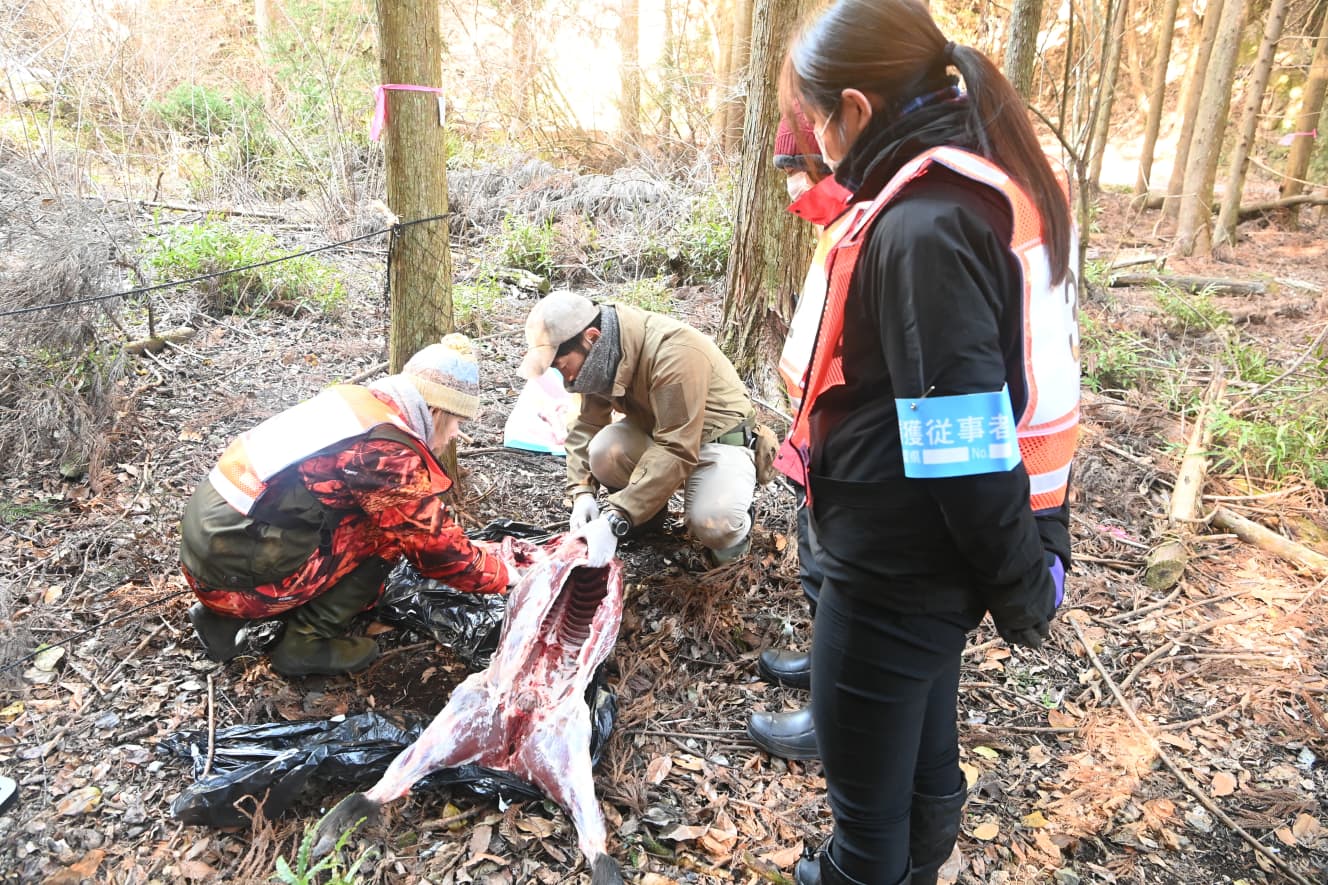Chiba Battles Surge of 70,000 Boars and Cause 15 Billion Yen in Annual Agricultural Damage
“The damage caused by wild animals intruding into residential areas and attacking people or eating crops shows no signs of decreasing. The annual agricultural damage exceeds 15 billion yen, indicating a serious situation,” says a reporter from a national newspaper’s social department.
While bears were causing a stir in urban areas across the country at the end of last year, the intrusion of wild animals into human habitats is not limited to bears.
“Although the attention is on Chiba’s wild boar problem, the classic crop raiders are deer, wild boars, and monkeys. Even Tokyo is not exempt, with wild boars from the Tama Hills area being spotted in the streets of cities like Kokubunji and Tachikawa.
A few years ago, a wild boar about 1 meter in length appeared in the riverside of Adachi Ward and swam across the river to escape to Kitasenju. When animals venture into human habitats, they become natural enemies to farmers as they devour crops and fruits. The damage is most severe in Hokkaido, followed by Kyushu and Kanto,” the reporter continues.
While incidents of wild animal intrusion are on the rise, the aging population of hunters nationwide means that capture efforts are struggling to keep up. Therefore, municipalities are beginning initiatives to train new hunters. One such initiative is the Pest Animal Capture Cooperation Team launched by Chiba Prefecture. Last fall, 30 men and women were selected and received practical training. We closely followed their capture efforts in January and February.
The capture box was empty, however–
“The small, round droppings near the capture box are indeed the droppings of the kyon,”
The male instructor explained. On this day, three female members, all inexperienced paper hunters despite having obtained hunting licenses, participated in the capture event held in the mountains of Kimitsu City.
Although the contents of the capture box, baited with Aoki leaves favored by deer, were found empty, nearby footprints and droppings indicated the kyon’s presence.
“From the footprints, it’s evident that the kyon has approached near the capture box. Due to their small size, kyons can easily hide in residential gardens and consume flowers. Winter kyons are active even during the day, so there’s a chance we might encounter one today,” the instructor added.
Several hundred meters away, a larger capture box was placed. Inside, rice bran was scattered, and there were traces suggesting that an animal, likely a wild boar, had consumed the bran. Unlike deer and kyons, wild boars tend to meander around while sniffing, making their footprints harder to identify on the ground.
The capturing and accompanying practice also includes dismantling practice. On some days, they dismantle a wild boar caught in a trap, but on this day, in anticipation of an empty-handed performance, a wild boar that had been caught in advance was prepared. After removing the skin and entrails, the instructor first uses a knife to cut up the boar. The four-legged animal has no joints in its front legs, which are connected only by flesh, so once he knew where to insert the blade, he could easily cut the boar.
“The key is to remove the limbs, and if you can do that, you can cleanly dismantle the animal. The captured animals are often buried in the mountains, but recently there are places where burial is not allowed. We have to break them up into smaller pieces to take them to the municipal disposal sites.”
The difficult part is the hind legs. Because the hip joint is stuck in the pelvis, it cannot be knifed in like the front leg. The key is to find and remove the ball-shaped bone at the base of the thigh.
The two participants followed the instructor and smoothly inserted the knife into the joint, as they were experienced. According to the instructor , once they know where the joints are, they can do it in five minutes.
Trapping boxes and snare traps are set at 30 locations in the mountains, and trapping companies commissioned by the prefectural government make daily patrols. They also have to change the bait and dispose of any prey they catch. The work is not easy, as the trappers need to know the characteristics of each animal to be able to capture it efficiently.
Kazuko Mochizuki, one of the participants, explains why she joined the trapping team.
“I became interested in hunting because wild boars sometimes appeared in my husband’s fields. I have had other experiences dismantling deer and wild boars. I want to learn about the practical benefits of hunting, and eventually I would like to catch something to eat.”
In Chiba Prefecture, which is home to more than 70,000 kyons, wild boars, monkeys, and deer cause a great deal of damage to crops, with the annual cost exceeding 200 million yen. The prefecture, troubled by the pests, is currently studying effective methods of capturing these animals. To support this effort, the prefecture added processed kyon and deer meat to its hometown tax returns last year, attracting 93 taxpayers from all over Japan who paid 1.28 million yen in tax payments. The meat caught by the trappers, who have completed their training and grown up, will be processed and returned as a gift.





Interview, text, and photography: Masayoshi Katayama
Journalist
